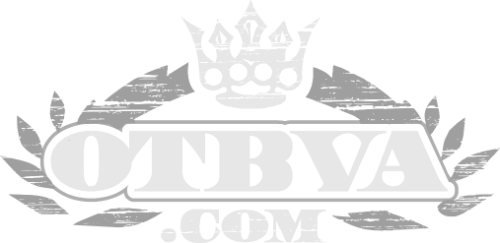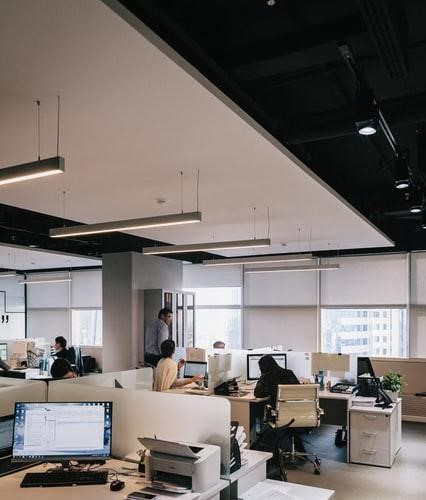We all have to work at some time in our lives. For most of us, we spend most of the time in the workplace. These workplaces have many hazards caused by chemicals, physical dangers, psychosocial challenges, and issues relating to workplace designs and resources. Technicians often grapple with falls, exposure to toxins, discomfort, cuts, burns, and such hazards. Ensuring that a workplace is safe is paramount. It is a requirement for the employer to ensure that the workplace meets the set standards.
Identifying Hazards
Identifying workplace hazards is a process. If the process is followed well, it can yield the desired effect. The most straightforward process adopted by most professionals has three steps, as outlined below.
Know Where o Look
Hazards can be everywhere, but some places are more vulnerable than others are. If you know the most prone areas, you can easily find the hazards that could put workers at risk. Each workplace has its unique hazards. For example, a chemical plant will not have the same dangers as a welding workshop. One will have fire as the main hazard, and the other will have toxins as the primary hazard.
Know What To Look For
As noted above, you need to understand where to look based on the situation at hand. A person may compare a white-collar office with a nuclear plant and not find any hazards in a white-collar office. However, there are hazards in the office; the same way there are hazards in other seemingly dangerous workplaces. You are looking for anything that can cause injury, trauma, burns, or poisoning.
Go Ahead And Do It Well
You have to be thorough whenever you are looking for hazards. Professional assessors know all the steps of sufficient identification of risks. They also have the tools to do it properly. You may need to bring in a professional to complete this part. Simple measures such as employee interviews, work organizations, and safety equipment and gear can shed light on the safety situation.
Monitoring The Hazards
Once you have confirmed that the workplace is safe, you need to monitor the situation. Some risks will still be there, and they need to be addressed now and then. Here are some common monitoring methods for workplace hazards.
Regular Safety Assessments
Periodic safety assessments ensure that at any given time, a workplace is a safe place. You don’t have to wait until an accident happens to act. You prevent accidents by regularly checking the workplace.
You can set a periodic assessment based on the nature of the workplace. Some workplaces are relatively secure. Such places do not need frequent evaluation. An annual assessment would do. Other places might need daily monitoring.
Automated Monitoring
Frequent reviews can be costly. To reduce the costs associated with these monitoring processes, companies automate their systems so that they can check for hazards. For example, if you are at risk of gaseous exposure, an automated system could come in handy. You can use safety software to ensure that the workplace is safe at all times. Such an effort will keep the costs of monitoring modest while keeping your staff safe.
Technological improvements are also making it possible to combine firmware and software to create smart systems that do not just monitor, but also are programmed to remedy the situation automatically. Such systems are making highly hazardous workplaces safer.
Incidents Review
Whenever there are incidents, understanding how they happened is imperative. You want to prevent future occurrences of similar or related incidents. Reviews also strengthen systems that support workplace safety. For example, if a fire occurs in a workplace, understanding the cause of the fire is imperative. If the fire was a result of an electrical fault, you will need to check the wiring to prevent future faults. Also, you will need to improve the response time.
Hazards will always be present in the workplace. Even those seemingly safe elements in the office can also pose a threat to the user. For example, a poorly laid out sitting arrangement can pose a danger to the user, yet in itself, it does not represent any threat if used well. Understanding the nature of the hazards helps in identification and resolution. However, this depends on the ability to spot potential risks.
Monitoring hazards gives you a chance to stay ahead of the problem before it escalates. Doing so is not possible using automated systems and software. Such systems also log incidences that can be reviewed to improve the systems to the standards that the company wants.

